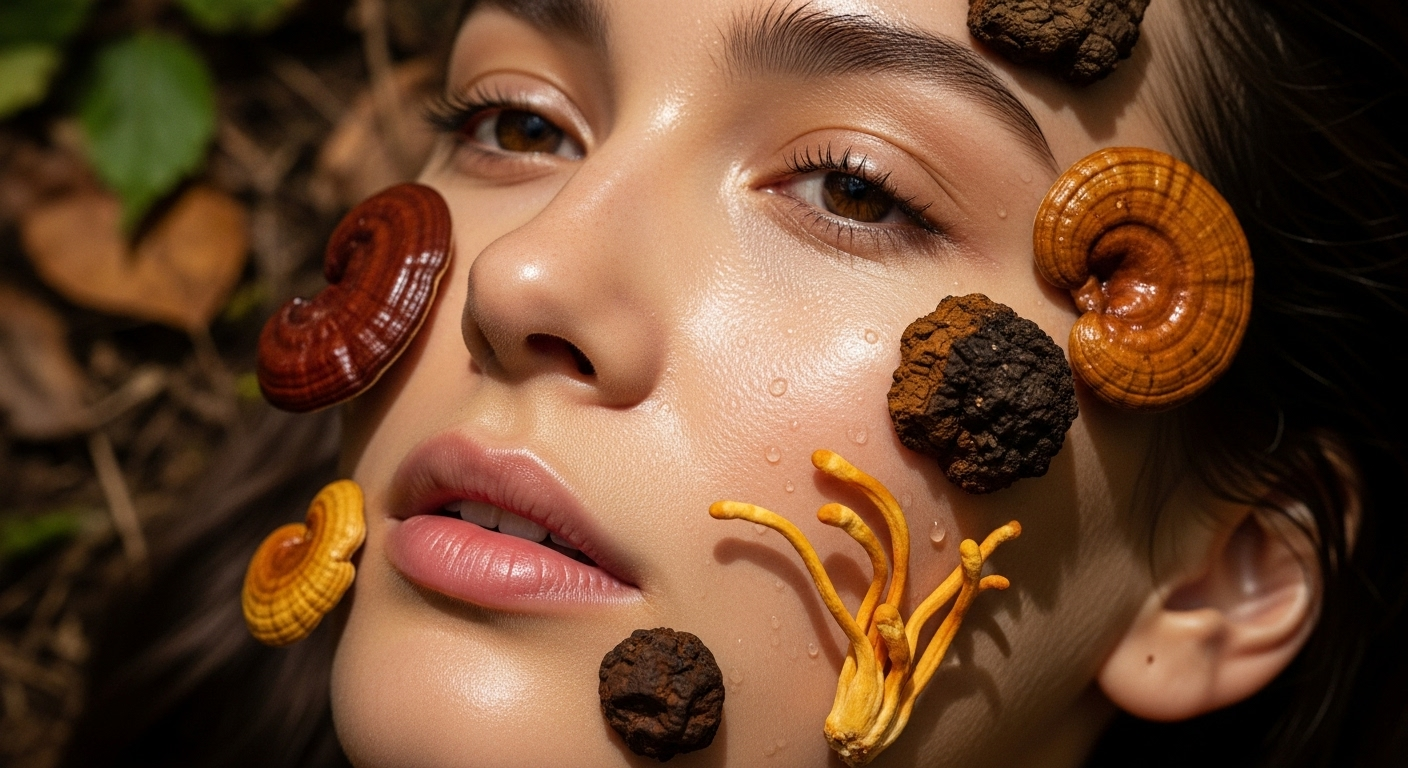Biodynamic Beauty: Nature's Rhythmic Skincare Revolution
In the ever-evolving world of beauty and skincare, a new trend is emerging that promises to revolutionize our approach to self-care. Biodynamic beauty, rooted in the principles of biodynamic agriculture, is gaining traction as a holistic and sustainable method for achieving radiant skin. This innovative concept goes beyond organic, tapping into the natural rhythms of the earth and cosmos to cultivate ingredients at their peak potency. As consumers become increasingly conscious of the products they use and their impact on both personal health and the environment, biodynamic beauty offers a compelling solution that marries ancient wisdom with modern science.

The transition from biodynamic farming to beauty products was a natural progression. As the demand for clean, natural skincare grew, formulators began exploring ways to incorporate biodynamic principles into their creations. This led to the development of skincare lines that not only used organically grown ingredients but also considered the timing of harvests, the influence of lunar cycles, and the overall health of the ecosystem in which the plants were grown.
The Science Behind Biodynamic Ingredients
At the core of biodynamic beauty is the belief that ingredients grown using biodynamic methods are more potent and effective than their conventional or even organic counterparts. This claim is supported by several scientific studies that have examined the nutrient density and phytochemical content of biodynamically grown crops.
Research has shown that biodynamic farming practices can lead to higher levels of antioxidants, vitamins, and minerals in plants. For skincare, this translates to ingredients that are potentially more beneficial for the skin. For example, biodynamically grown calendula has been found to contain higher concentrations of flavonoids, which are known for their anti-inflammatory and skin-healing properties.
Moreover, the absence of synthetic pesticides and fertilizers in biodynamic farming ensures that the ingredients are free from harmful residues that could potentially irritate or damage the skin. This purity is especially important for those with sensitive skin or those seeking to minimize their exposure to synthetic chemicals.
The Biodynamic Beauty Ritual
Incorporating biodynamic beauty into one’s skincare routine involves more than just using products made with biodynamically grown ingredients. It’s about adopting a holistic approach to skincare that aligns with natural cycles and rhythms.
One key aspect of biodynamic beauty is the concept of “chronobiology” – the study of biological rhythms and their impact on living organisms. Proponents of biodynamic skincare suggest that certain products or treatments may be more effective when used at specific times of the day or month, in harmony with the body’s natural cycles.
For instance, some biodynamic beauty routines recommend applying hydrating products in the evening when the skin’s natural repair processes are most active. Similarly, exfoliation might be suggested during the waxing moon phase when the body’s natural detoxification processes are believed to be heightened.
Sustainability and Ethical Considerations
Beyond its potential skin benefits, biodynamic beauty aligns closely with the growing consumer demand for sustainable and ethically produced products. Biodynamic farming practices are inherently eco-friendly, promoting biodiversity, soil health, and ecosystem balance.
Many biodynamic beauty brands take their commitment to sustainability a step further by implementing zero-waste packaging solutions and supporting fair trade practices. This holistic approach to sustainability resonates strongly with conscious consumers who are looking to make environmentally and socially responsible choices in their beauty routines.
Challenges and Future Prospects
While biodynamic beauty holds great promise, it faces several challenges as it seeks to establish itself in the mainstream beauty market. One significant hurdle is the limited availability of biodynamically grown ingredients, which can lead to higher production costs and, consequently, higher product prices.
Additionally, the concept of biodynamic beauty can be complex and may require consumer education to fully appreciate its benefits and principles. Some skeptics also question the scientific validity of certain biodynamic practices, particularly those related to cosmic and lunar influences.
Despite these challenges, the future of biodynamic beauty looks promising. As more research is conducted and awareness grows, we can expect to see an increase in biodynamic skincare options and a deeper integration of biodynamic principles into the beauty industry as a whole.
Conclusion
Biodynamic beauty represents a fascinating convergence of ancient wisdom, modern science, and environmental consciousness. By harnessing the power of nature’s rhythms and the purity of biodynamically grown ingredients, this emerging trend offers a unique approach to skincare that goes beyond surface-level treatments.
As we continue to seek out ways to live in harmony with nature and nurture our bodies holistically, biodynamic beauty provides a compelling path forward. Whether it will become the next big revolution in skincare remains to be seen, but its principles of sustainability, purity, and holistic well-being are likely to influence the beauty industry for years to come.
For those intrigued by the concept of biodynamic beauty, exploring this approach can be a journey of discovery – not just in terms of skincare, but in developing a deeper connection with the natural world and its cycles. As we face increasing environmental challenges and a growing desire for authentic, natural solutions in our daily lives, biodynamic beauty stands as a beacon of innovation in the ever-evolving landscape of self-care and wellness.





